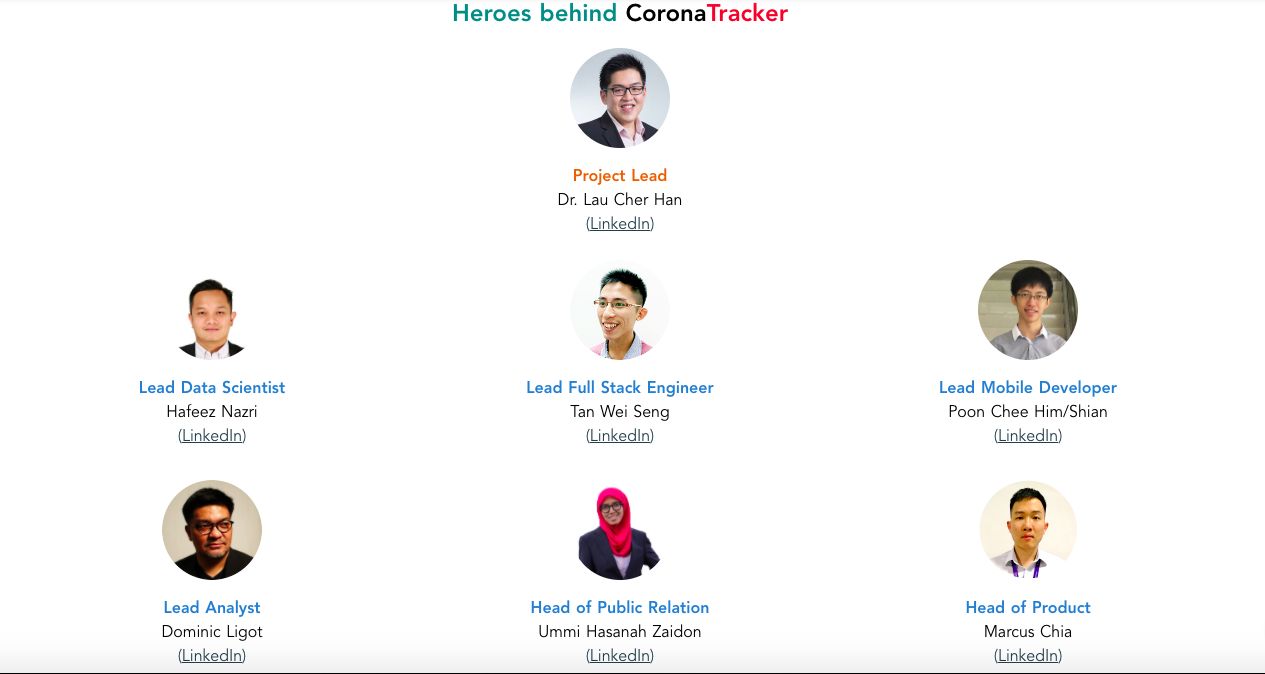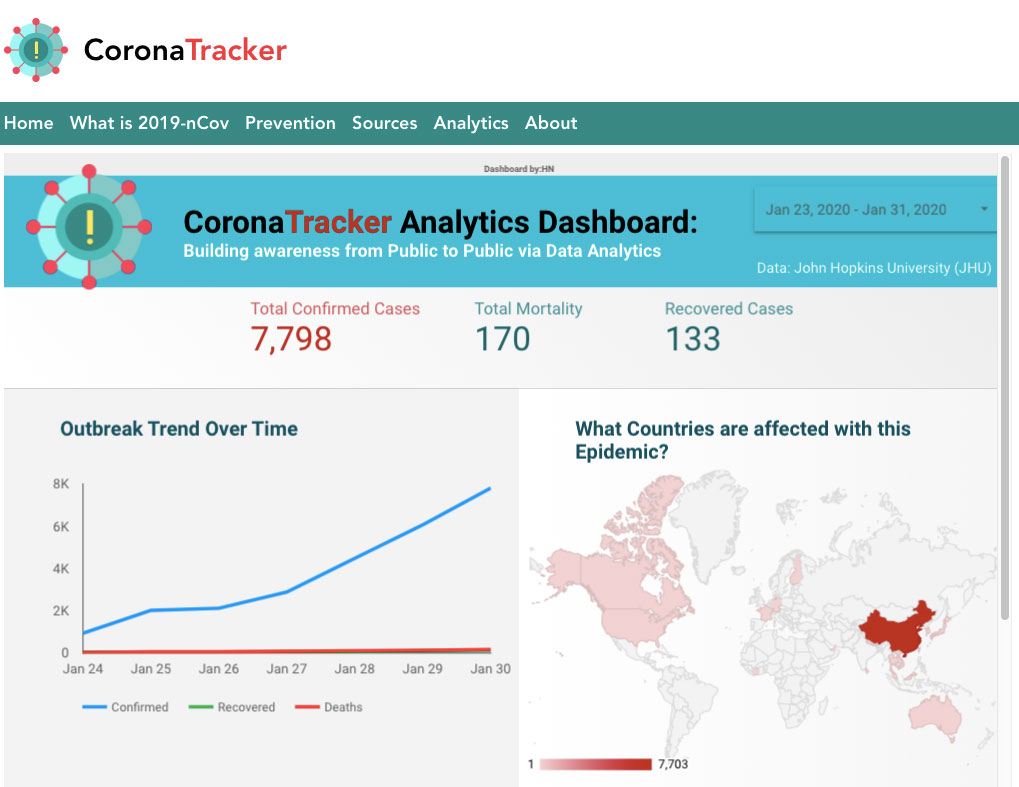This M'sian Data Scientist Helps People Around The World Stay Informed With CoronaTracker
The popular website already has more than 83 million page views.
Modern technology has changed our lives for the better
It has streamlined the way we do everything, and we have the brilliant minds behind the tech to thank.
In conjunction with Maxis’ new brand purpose launch, "Always Be Ahead", SAYS is collaborating with Maxis to highlight the stories of people who have embraced technology to make our lives so much more convenient.
Meet Dr Lau Cher Han, the Malaysian data scientist behind CoronaTracker, a website that provides daily updates about COVID-19 cases around the world
The website provides the confirmed daily case count of COVID-19 around the world. It is also a one-stop portal for articles, statistics, and news updates about the pandemic.
Along with his team consisting of Hafeez Nasri, a Cyberjaya-based lead data scientist, Singaporean lead front-end engineer Tan Wei Seng, and others, their goal was to stop the spread of fake news by creating a reliable site that provided constant updates on the pandemic.
Dr Lau said that volunteers from all over the world - Malaysia, Japan, Australia, Philippines, and many more countries, banded together by providing round-the-clock updates to fight against the spread of fake news in a mere 36 hours since the website went live.
Around 1 million people visit this website every month, and it has gone global, with 13.71% of its users hailing from India, and 13.65% from the United States
Since COVID-19 is rife in those countries, the people seek daily updates from this website, a testament as to the importance of the CoronaTracker.
What’s even more surprising is that Dr Lau came up with this all the way back in January, and got it up and running in a matter of two days
While he was inspired by the Johns Hopkins University coronavirus outbreak map, he understood that it had limitations as it only provided a high-level overview of worldwide statistics.
Besides that, the data surrounding the virus was so scattered, making data gathering extremely tough.
Nevertheless, Dr Lau and his team came up with the idea of using ‘crawlers’ to automatically collect data
In an interview with Dr Lau, he explained that the 'crawlers' scout the Internet for relevant information regarding the pandemic. The content is then analysed using natural language processing, to see which news articles are meaningful.
"Most of the time we rely on the crawler and bots as the primary source," shared Dr Lau.
But on top of that, they also have a Telegram group as a main channel of communication, and for people to contribute information.
After that, they built machine learning models to process additional data to make predictions for the relevant news articles
Knowing how important user experience and user design is for a website, Dr Lau and his team also had UI UX designers to ensure the right flow and information architecture.
Full Stack developers helped build web and mobile applications, and medical practitioners verified the information to ensure that the news displayed on the website was legitimate.
More than half a year later, we asked Dr Lau how the CoronaTracker has helped people around the world:
1. How did people benefit from CoronaTracker since its launch?
"Public viewers/users can use CoronaTracker to receive latest updates on the coronavirus, including the number of confirmed cases, recoveries, and deaths. We also provide country level pages for every country e.g. Malaysia or Singapore.
We have made CoronaTracker open-source since day one, so that more people can contribute to the development of CoronaTracker. We also provide open API that allows developers and researchers to utilise our data, and also for media companies to embed our data on their microsites."
2. How many people have visited the website, and where are they from?
"To date, we have 15 million unique users, and over 80+ million page views since we started CoronaTracker."
"Our users come from India, Malaysia, Egypt, United States, UK, Philippines, South Africa, Germany, Pakistan, and Bangladesh."
3. How hard was it to stop the spread of fake news during COVID-19?
"It is a difficult and tough decision to make between spreading awareness and trying to stop fake news from spreading. We do our best by providing verified information from trusted sources, and we will never publish any information until we have confirmed the reliability.
We never see ourselves as a fake news combater, rather, we always remind our viewers and the general public to check before they share anything to prevent causing unnecessary panic."
All thanks to Dr Lau and his team, the world continues to benefit from their innovative use of technology
Maxis celebrates the determination of innovative Malaysians pushing the boundaries to keep ahead
Find more stories and Maxis' commitment to #AlwaysBeAhead for Malaysians here.






